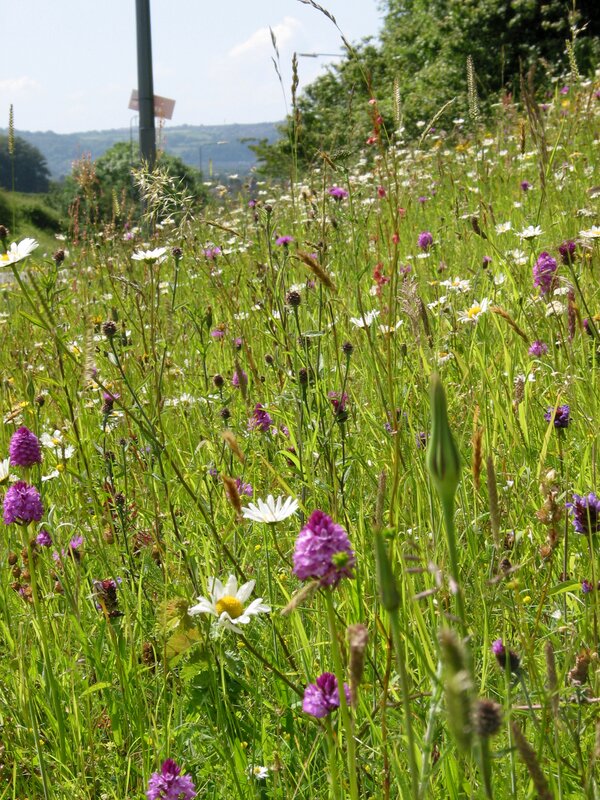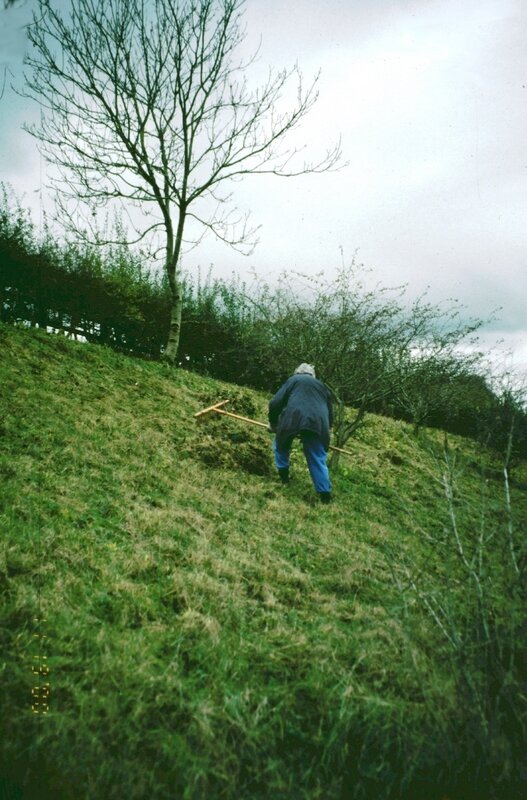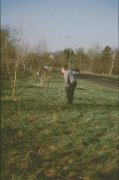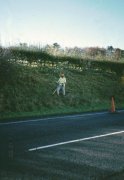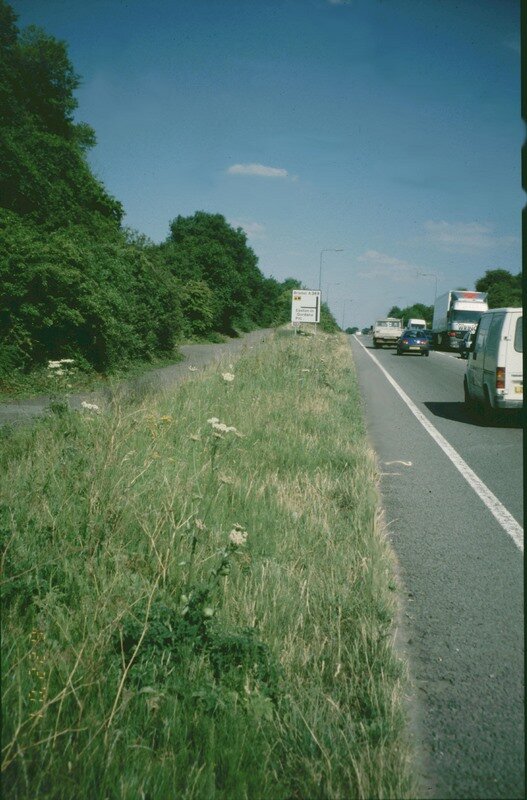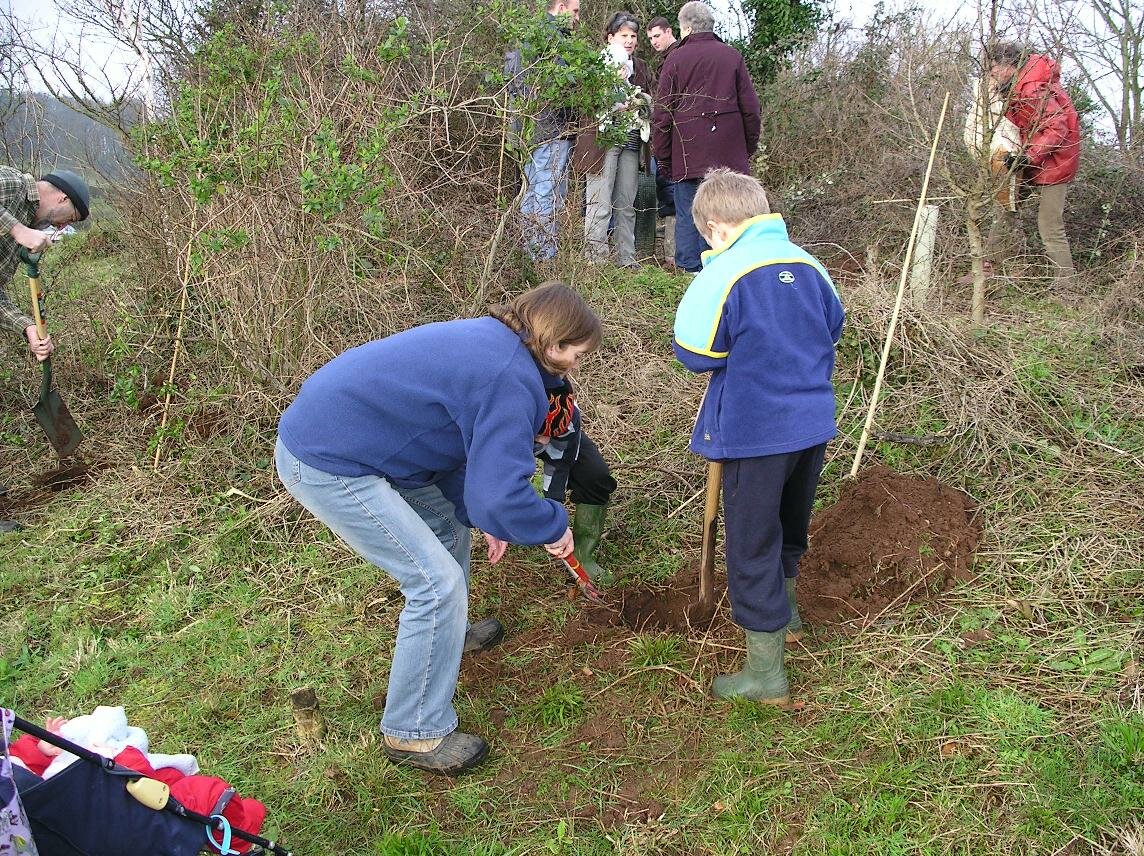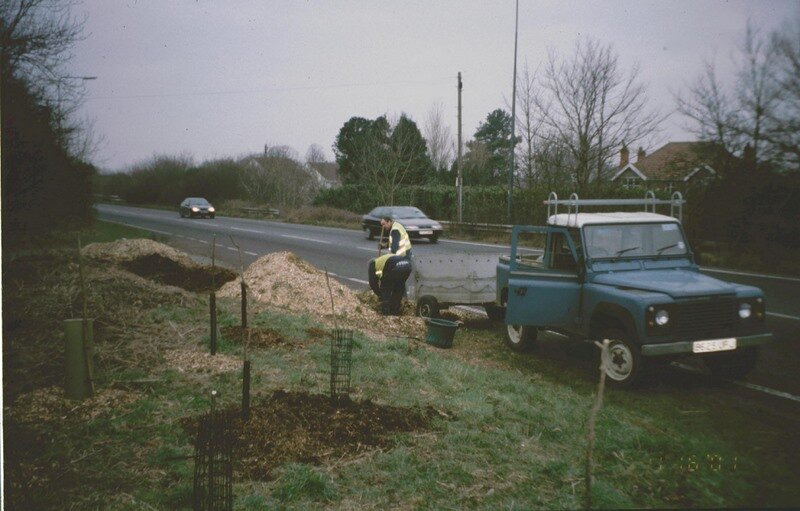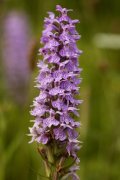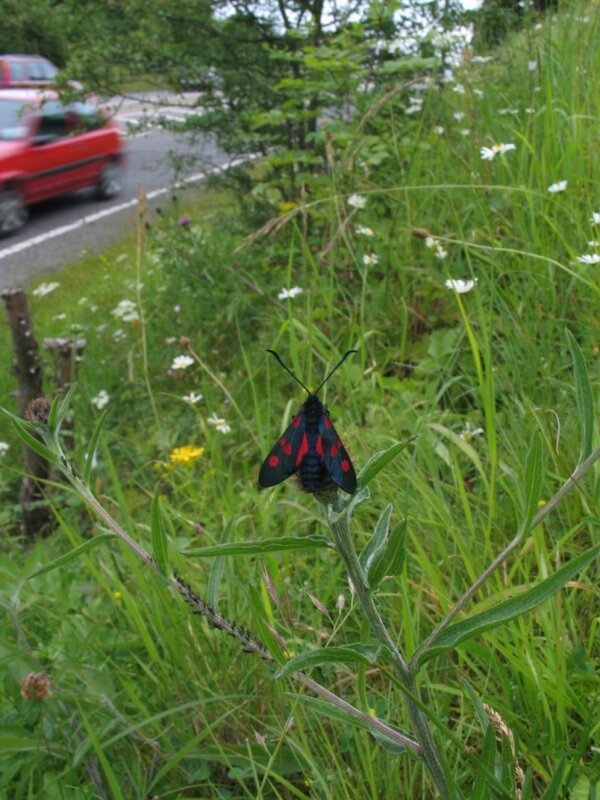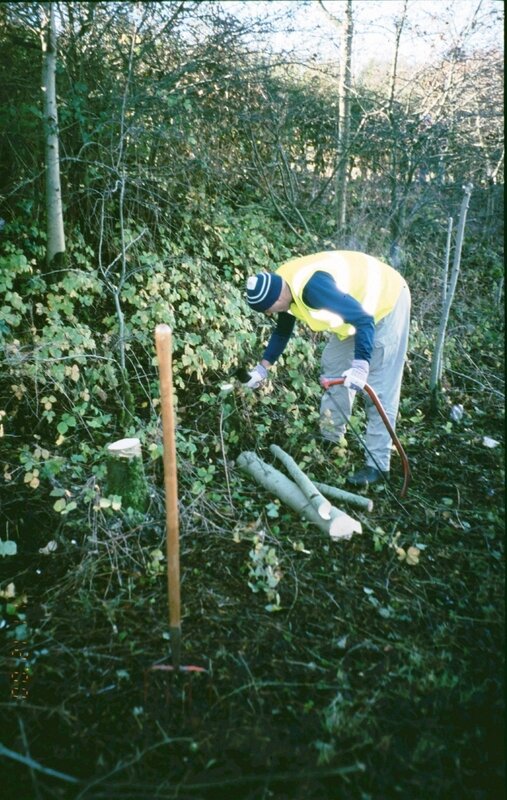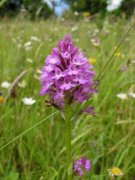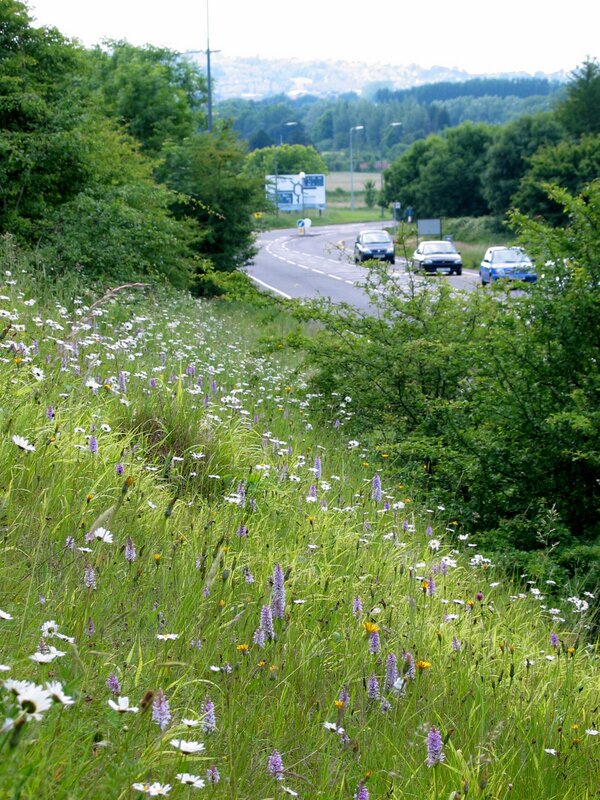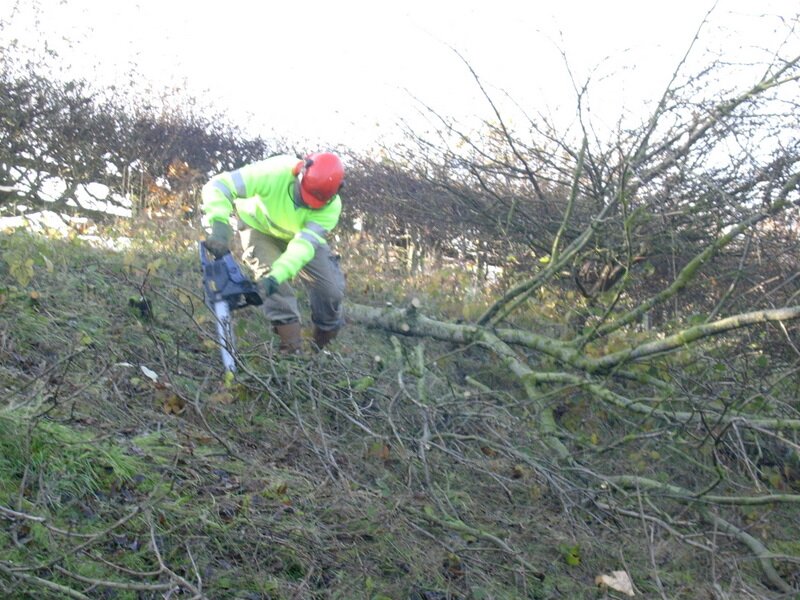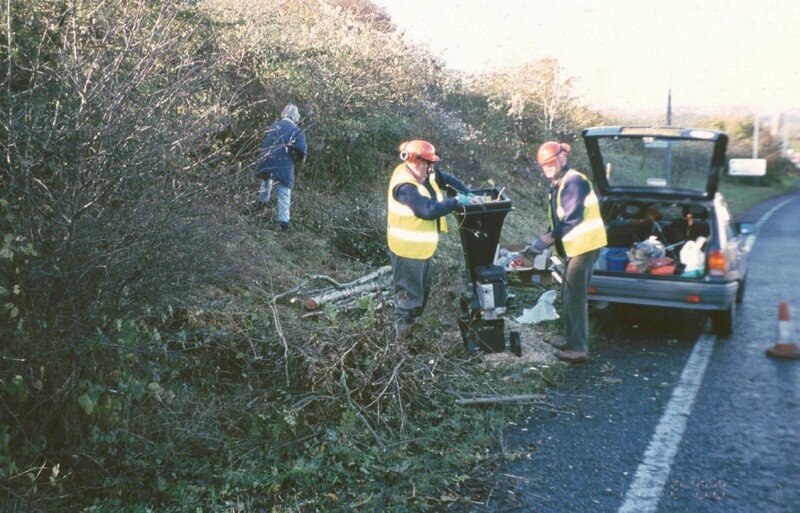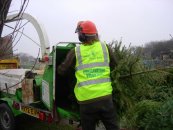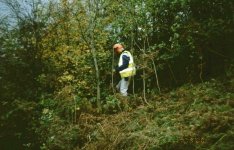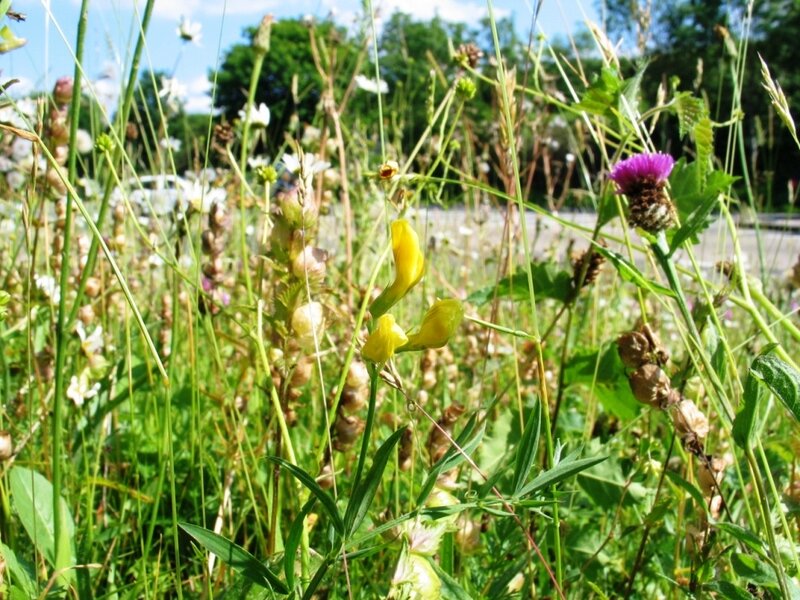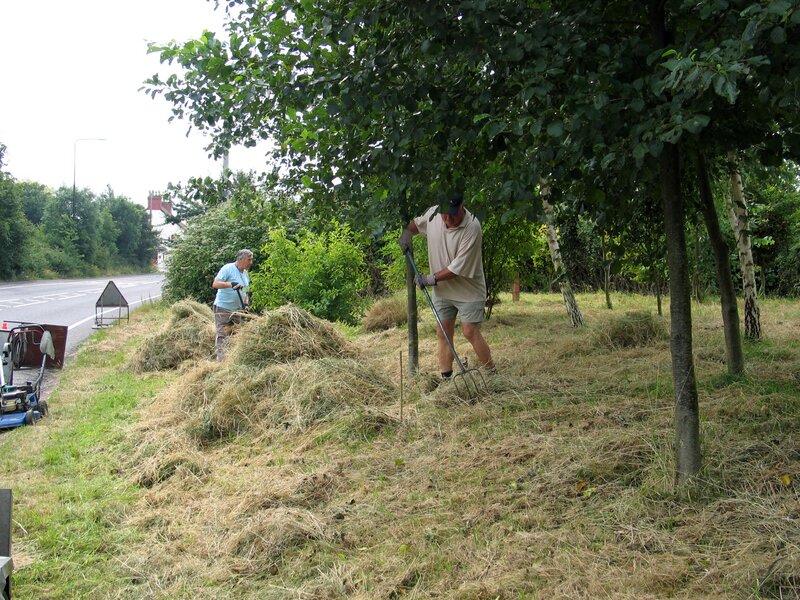 |
Conserving Wildflowers for Future Generations
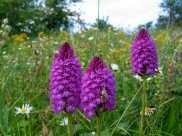 |
 |
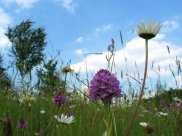 |
| Local Nature Reserve (designated in 2007 by Natural England) |
|
(Information provided by Robert Buck Pill, North Somerset ..... a local initiative on a busy roadside in the parishes of Easton-in-Gordano and Portbury) |
| TO VIEW SLIDE SHOW CLICK HERE |
 |
TO ENLARGE IMAGES - LEFT CLICK OVER IMAGE
|
Why do our expensive seeds fail when weeds never seem to? Often it’s because conditions are not exactly suitable despite our best efforts. Sometimes though, when everything is just right, weed seeds will make a mockery of our efforts to destroy the countryside. Flower-rich haymeadows are one of the most endangered habitats anywhere threatened by modern farming practice, which sees wildflowers as ‘weeds’, and development alike. |
|
|
Wild plants will quickly gain a foothold wherever the soil is left open after disturbance see how quickly. Flanders poppies covered the ground during the disruption of the First World War. |
|
|
Gradually as the conditions settled weeds started to establish themselves amongst the grass on the verges. As with any such site dandelions, thistles and other windblown seeds would have been the first, followed by heavier ones like ash and sycamore. Later those carried by birds resulted with bramble and hawthorn being prominent. For 20 years the site was left virtually undisturbed. The whole area was gradually developing into a long and narrow woodland, as the trees grew taller and thicker. Apart from mowing the regulation metre-wide strip next to the tarmac and a swathe to provide sight-lines at junctions, no management has ever been undertaken by the councils. At other sites along the route to Bristol trees now meet overhead in a leafy tunnel! |
|
|
|
|
|
|
|
About ten years ago I was excited to realise that some of the plants were primroses and cowslips common enough in South Devon perhaps, but now quite a rarity locally. What was also evident was that more robust plants were overrunning the flowers. To prevent this, small areas were cleared every year by hand. The flowers thrived. Spurred on by the success larger areas were mowed annually. A side effect of removing the debris was that conditions started to change as the nutrient levels dropped. More flowers began to establish as the conditions slowly altered. There are now all sorts of meadow plants gracing the banks after the spring flowers die back including several varieties of orchids. |
|
|
|
|
|
For the first time a complete survey was undertaken in 1991. Initial results are encouraging; despite being alongside a route that is daily brought to a standstill with commuter traffic the range of wildlife continues to increase. One 50-metre stretch holds at least 50 species of plant. By May 2005 increased expertise in identification had raised the total on the site to something like 270 [including fungi]! Badger, rabbit and smaller mammals are much in evidence though unfortunately more at risk from the traffic! A surprising variety of birds and insects [especially Marbled White butterfly and Cinnabar Moth] is regularly found, mostly unaffected by the lorries and cars thundering by. A thorough survey of invertebrates is planned for 2006. |
|
|
|
|
|
|
|
NOTE |
EXCEPTIONS |
|
|
None of the plants has been introduced artificially; they are ‘self-set’ and wild. The reason that they thrive is because the management ensures the conditions are suitable. |
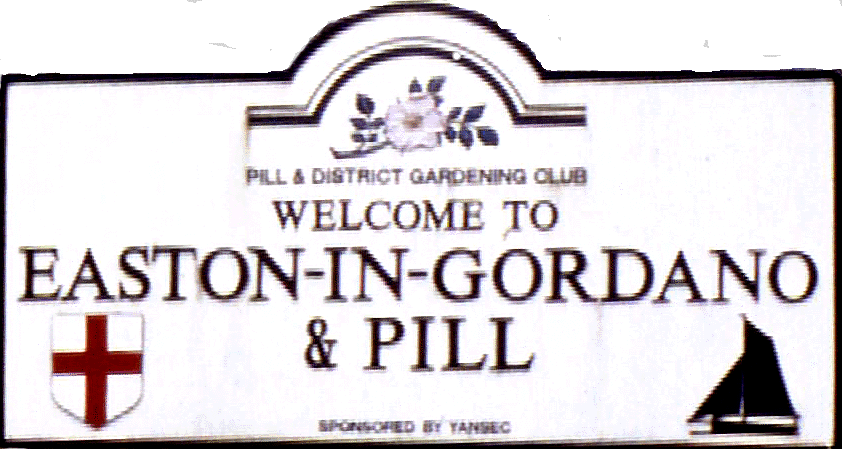 The area near the junction with the Welcome to Easton-in-Gordano and Pill sign was planted with some garden plants by the Pill and District Garden Club. Whilst we manage this now as part of the main wildflower site, these plants are still encouraged. |
|
· Pearl’s Patch [Opposite the top of Rectory Road and the old Easton school] has indigenous trees funded by Ron Painton in memory of his wife. · Non-native American Elm trees, which are totally resistant to Dutch Elm Disease, have been planted near to the junction of St. George’s Hill with the A369 as a memorial to Valerie Price, John Smales and ‘Jock’ Wilson. These trees replace native English Elms that now cannot survive more than a few years. |
|
|
|
|
|
St Georges Flower Bank depends on donations and grantsWe are supported by ; North Somerset Council, Easton-in-Gordano Parish Council, Portbury Parish Council, Y.A.N.S.E.C,
|
| ALL THE WORK ON THE RESERVE IS DONE BY VOLUNTEERS aged from 5 - 70+ years old But we can always use more help can YOU help?? No skills needed - just enthusiasm, An hour or two would be invaluable For:- >information >a visit or talk >to make a donation contact Robert Buck 01275 373750 0788 4400221 |
PHOTO CREDITS
Thanks to: - Liz Milner, Nick Ayres & Maureen Heaton
(Images are copyright, all rights reserved)
|
|
|
|
When you visit BEWARE fast-moving traffic & please disturb the plants as little as possible
|
|
|
|
Botanical survey by Rupert Higgins [Wessex Ecological Consultancy(Sept 2004)]
The survey confirmed the continued importance of the road verges for plants, in particular species of unimproved limestone grassland. A total of 157 species was recorded** - an outstanding figure for a relatively small site. Outstanding amongst these species are those that are restricted to unimproved grassland, that is, grassland that has not been treated with fertilisers or herbicides. Such grassland has become extremely rare, largely as a result of agricultural intensification. Road verges now provide an important refuge for these plants, particularly where cuttings expose nutrient-poor subsoils. At St. George’s such species include several identified in the ‘Flora of the Bristol Region’ as being ‘Avon Notable Species’ plants with a very localised distribution locally. The populations of all these species are large and healthy. Other grassland indicator species are also present in high quantities.
An incomplete invertebrate survey revealed the presence of species associated with unimproved grassland such as Common Blue butterfly, Grass Rivulet and Small Yellow Underwing. Marbled White Butterfly and Cinnabar Moth are two species regularly seen at other times. A thorough survey of invertebrates will be undertaking during 2006.
** nearly 240 species of plant have been recorded on the site, though many of these would not be in evidence during September.
|
|
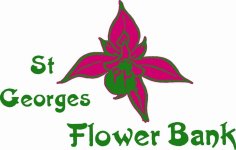 |
|
Rob identified the importance of the roadside verges for wildlife, local people and passing motorists. The verge along the A369 near the M5 and Easton in Gordano has already been enhanced with some planting and clearing. This project enabled more planting, habitat management and the monitoring and recording of species.
Rob developed his skills in habitat management.
Significant improvement was made in the diversity and quality of wildflowers, including bee orchids.
Some members of the local community got involved in helping with the work.
A display in the Pill Community Centre, and with people passing the site, generated a huge number of positive comments on the improvements made.
The equipment used for the habitat management purchased with the award has been made available to the community for other uses, in addition to the continued management of the site.
"This award has really helped us to develop our flower bank, not just to preserve endangered plants but to give great enjoyment to locals and passing traffic alike." Rob Buck
 |
| Avon Notable Species | no 1 - 9 |
| Grassland Indicator Species | no 4 - 33 |
| 1. | Danish scurvy-grass | Cochlearia danica |
| 2. | Upright pearlwort | Sagina apetala |
| 3. | Smooth tare | Vicia tetrasperma |
| 4. | Pyramidal orchid | Anacamptis pyramidalis |
| 5. | Carline thistle | Carlina vulgaris |
| 6. | Hybrid orchid | Dactylorhiza x grandis |
| 7. | Blue fleabane | Erigeron acer |
| 8. | Common gromwell | Lithospermum officinale |
| 9. | Bee orchid | Ophrys apifera |
| 10. | Agrimony | Agrimonia eupatoria |
| 11. | Upright brome | Bromopsis erecta |
| 12. | Glaucous sedge | Carex flacca |
| 13. | Black knapweed | Centaurea nigra |
| 14. | Greater knapweed | Centaurea scabiosa |
| 15. | Centaury | Centaurium erythraea |
| 16. | Common spotted orchid | Dactylorhiza fuchsii |
| 17. | Wild carrot | Daucus carota |
| 18. | Spring whitlow-grass | Erophila verna |
| 19. | Sheep's fescue | Festuca ovina |
| 20. | Meadow fescue | Festuca pratensis |
| 21. | Ploughman's spikenard | Inula conyzae |
| 22. | Field scabious | Knautia arvensis |
| 23. | Meadow vetchling | Lathyrus pratensis |
| 24. | Lesser hawkbit | Leontodon saxatile |
| 25. | Ox-eye daisy | Leucanthemum vulgare |
| 26. | Purging flax | Linum catharticum |
| 27. | Bird's-foot trefoil | Lotus corniculatus |
| 28. | Field woodrush | Luzula campestris |
| 29. | Creeping restharrow | Ononis repens |
| 30. | Hay rattle | Rhinanthus minor |
| 31. | Hoary ragwort | Seencio erucifolius |
| 32. | Yellow oat-grass | Trisetum flavescens |
| 33. | Cowslip | Primula veris |
28 species of fungus have also been identified
| brown roll rim | Paxillus involucratus |
| common inkcap | Coprinus atramentarius |
| deceiver | Laccaria laccata |
| Deer Shield | Pluteus cervinus |
| dryad’s saddle | Polyporus squamosus |
| Egghead mottlegill | Panaeolus semiovatus |
| Glistening ink cap | Coprinus micaceus |
| Ivory funnel cap | Clitocybe dealbata |
| Lilac bonnet | Mycena pura |
| multi zoned bracket | Coriolus versicolor |
| pleated inkcap | Coprinus plicatilis |
| Poison pie | Hebeloma cristuliniforme |
| shaggy inkcap | Coprinus comatus |
| Spring field cap | Agrocybe praecox |
| stinking dapperling | Lepiota cristata |
| Sulphur tuft | Hypholoma fasciculare |
| toothed cup | Tarzetta cupularis |
| verdigris mushroom | Stropharia aeruginosa |
| winter polypore | Polyporus brumalis |
| Wood blewit | Lepista nuda |
| Yellow stainer | Agarius xanthodermus |
| { | Conocybe sp. |
| { | Garoderma sp. |
| No Common { | Lactaris controversus |
| English names { | Lepiota leucothites |
| { | Melanikeuca arcuata |
| { | Panaeolus rickenii |
